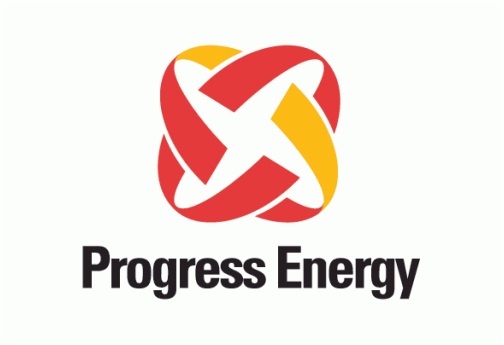India is one of the few countries in the world that is dedicated to a massive expansion of nuclear power generation. Currently India has twenty operating nuclear reactors which supplies about three percent of their electricity. There are seven more reactors under construction. India has announced that its want to supply twenty five percent of its electricity from nuclear power by 2050. The recently elected Prime Minister of India is a very strong supporter of nuclear power.
Due to dwindling uranium reserves, Indian is seeking trade agreements that will let it mine for uranium in Australia. Some Indian companies want to apply for licenses to mine uranium in the Queensland state of Australia. Queensland had a moratorium on new uranium mining leases that lasted for twenty five years but has just been cancelled.
Indian Prime Minister Modi recently returned from Japan where he discussed a huge ninety billion dollar Civilian Nuclear Cooperation Agreement between India and Japan. Many Indian and Japanese companies are eager to participate. The trade deal has not been signed but Japanese Prime Minister Abe has promised that Japan will double its direct investment in India in the next five years. India would be the biggest global market for Japanese nuclear technology exports if a trade agreement can be finalized.
The Indian government is confident that it has adequate security in place to deal with threats to its nuclear program but there are dissenting voices. India never signed any of the international nuclear non-proliferation treaties as it built and tested nuclear weapons to balance the nuclear program of Pakistan. For a long time, there was a ban on exporting nuclear technology to India but the Nuclear Suppliers Group has been working on a framework to end the ban since 2008.
The Nuclear Threats Initiative in Washington, D.C. publishes a ranking of security in the twenty five countries that have nuclear power reactors. In their ranking of the safety of nuclear materials in these countries, India is rated twenty third out of twenty five. This ranking was based partly on the fact that India has no independent nuclear regulatory agency to monitor compliance with national regulations on nuclear power and nuclear materials.
Currently India has the Atomic Energy Regulatory Board which was established in 1983. It has been unable to perform its duty to regulate the safety and security of Indian civilian nuclear facilities effectively because it is under the control of the Indian Department of Atomic Energy.
This arrangement has been criticized and a proposed Nuclear Safety Regulatory Authority (NSRA) bill was brought up in the Indian Parliament in 2011. Unfortunately, while a step in the right direction, the NSRA would still not be a completely independent regulatory agency. Critics are calling for a more independent agency. A big concern is that the chairperson and members of the NSRA would be appointed by the Council of Nuclear Safety, chaired by the Prime Minister. The bill even explicitly says that “the Central Government may, for the purposes of national defense and security, exempt any nuclear material, radioactive material, facilities, premises and activities; the premises, assets and areas associated with material and activities from the jurisdiction of the Authority.” The government changed recently and the bill would have to reintroduced to be considered.
There are real problems with a huge expansion of Indian nuclear power and adequate regulation is one of the biggest.







